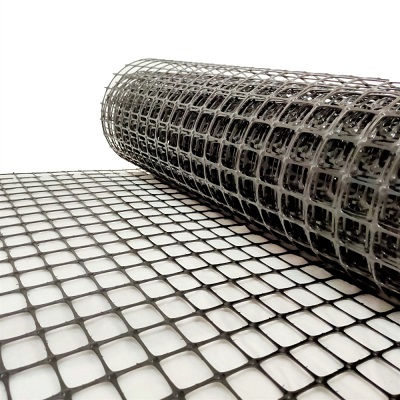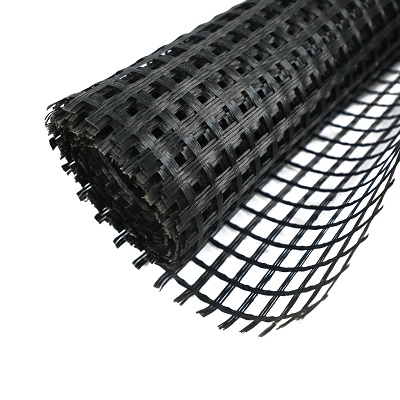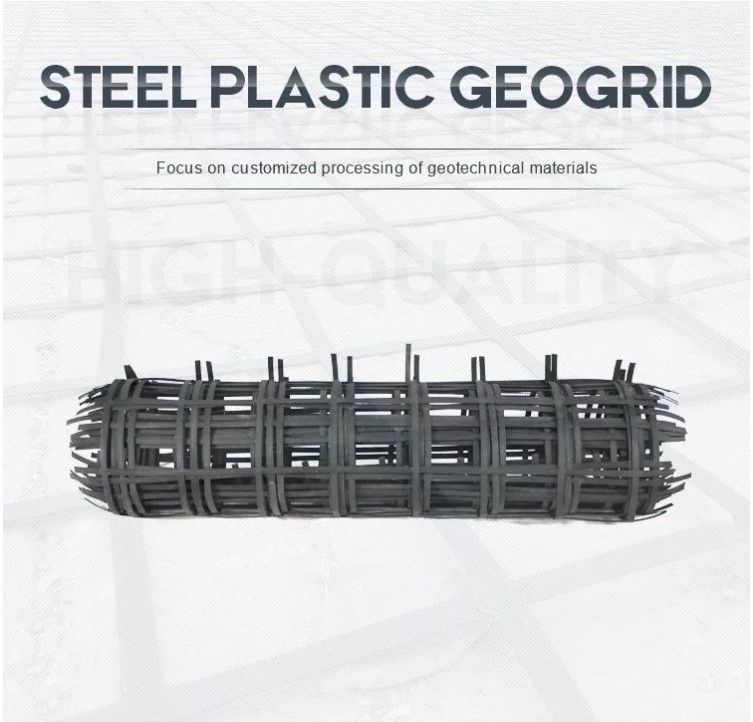In recent years, China’s expressways have also exposed many problems while developing vigorously. Pavement damage, subgrade settlement, etc. not only affect driving safety and comfort, but also affect the service life of driving vehicles. Geogrid is a new type of geosynthetic material, which has the characteristics of high tensile radian, small volume and simple construction.
In recent years, it has been widely used in the construction of expressway, especially in the soft foundation treatment of expressway, subgrade reinforcement, abutment backfill, splicing of new and old roads, filtering and drainage, subgrade protection, etc. It combines its own material characteristics, through reinforcement, protection, filtering, drainage The isolation and other basic functions effectively reinforce the subgrade and ensure the stability of the subgrade.
Classification of geogrid for driveway:

Plastic geogrid
Plastic geogrid is a square or rectangular polymer mesh formed by stretching, which can be divided into unidirectional stretching and biaxial stretching according to the different stretching directions when it is manufactured. It is punched on the extruded polymer sheet (raw materials are mostly polypropylene or high-density polyethylene), and then directionally stretched under heating conditions. The unidirectional stretching grid is only made by stretching along the length of the plate, while the bidirectional stretching grid is made by stretching the unidirectional stretching grid in the direction perpendicular to its length.

Glass fiber geogrid
Glass fiber geogrid is a network structure material made of glass fiber with a certain weaving process. In order to protect the glass fiber and improve the overall performance, it is made of a special coating process. Because the surface is coated with special modified asphalt, it has dual composite properties, greatly improving the wear resistance and shear capacity of the geogrid.

Steel plastic geogrid
The high-strength steel wire (or other fibers), after special treatment, together with polyethylene (PE) or polypropylene (PP) and other additives, can be extruded into a composite high-strength tensile strip with rough embossing on the surface. This single strip is formed by welding its junction points with the fusion welding technology (ultrasonic welding technology) of special strengthening and bonding, which is compiled or clamped at a certain distance longitudinally and transversely. It is a reinforced geogrid. The difference between longitudinal and transverse strength is small, and the deformation is uniform.
The above is the commonly used highway geogrid products. The specific needs are still needed. See the design drawings and indicators, and we recommend them to you.
